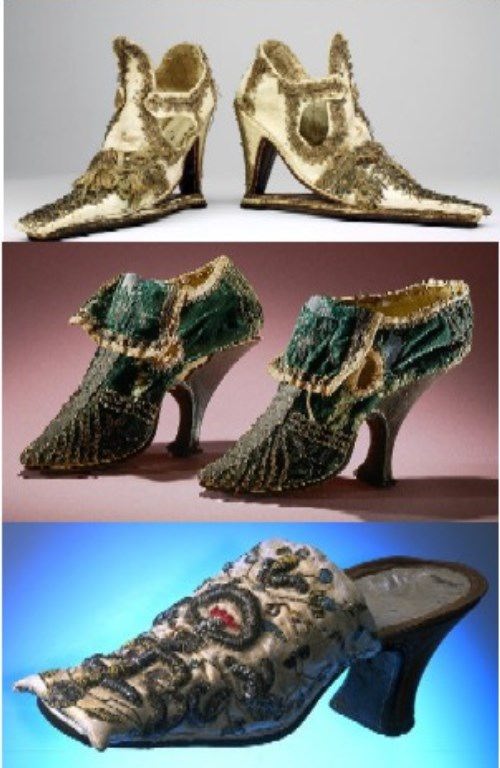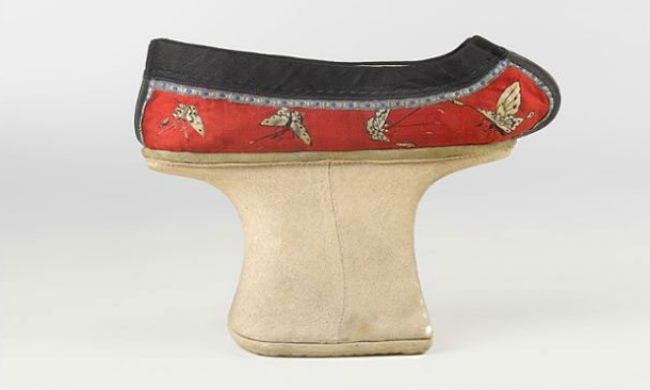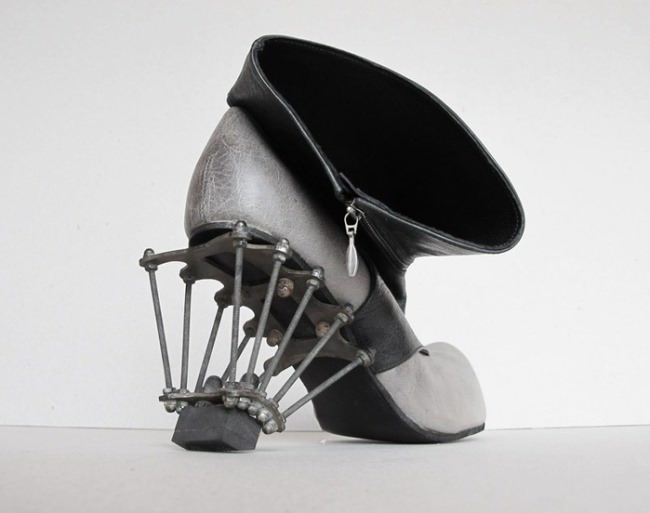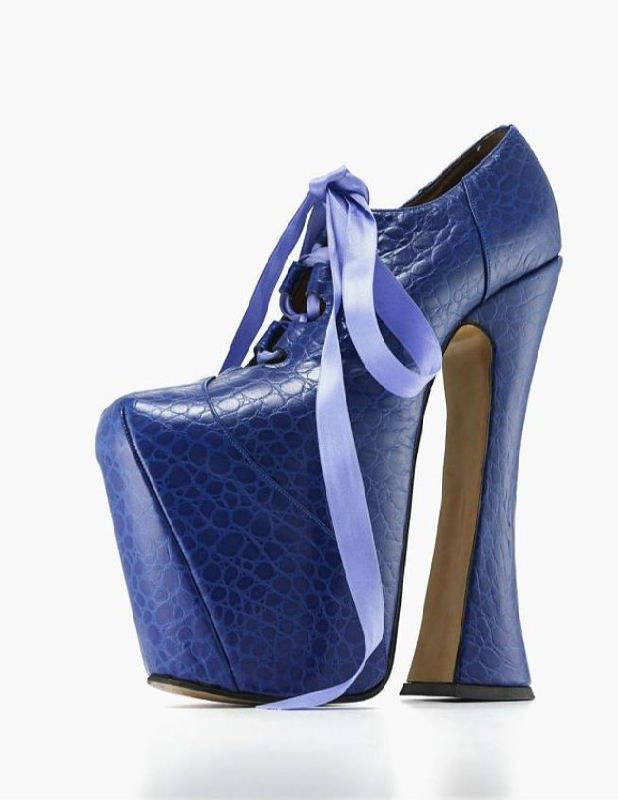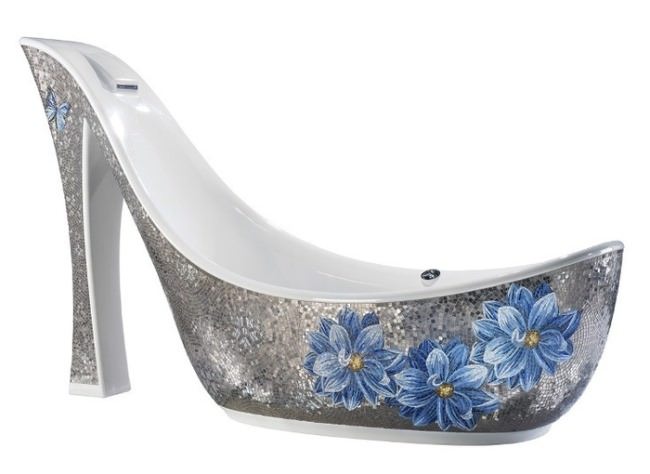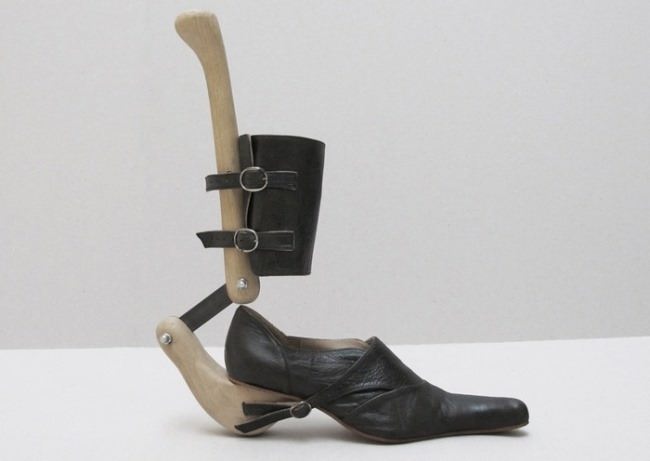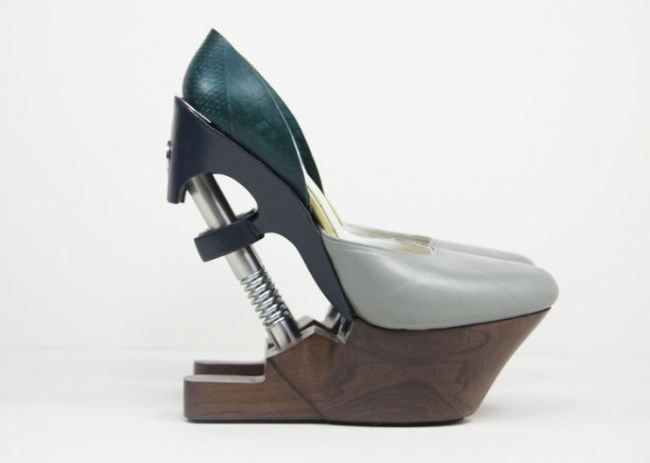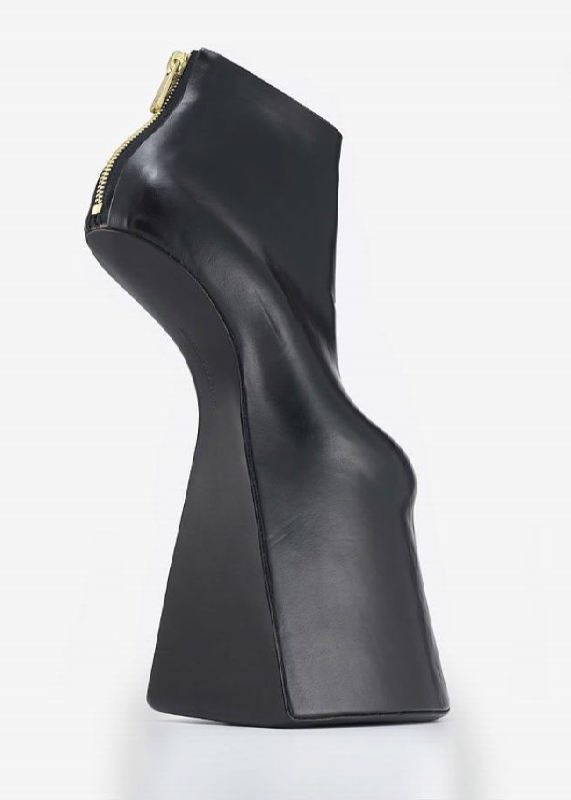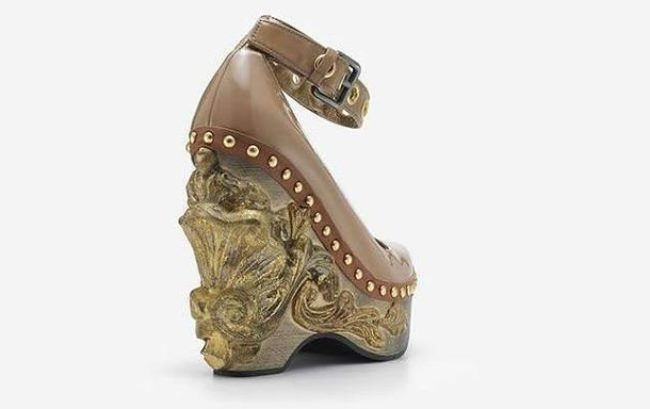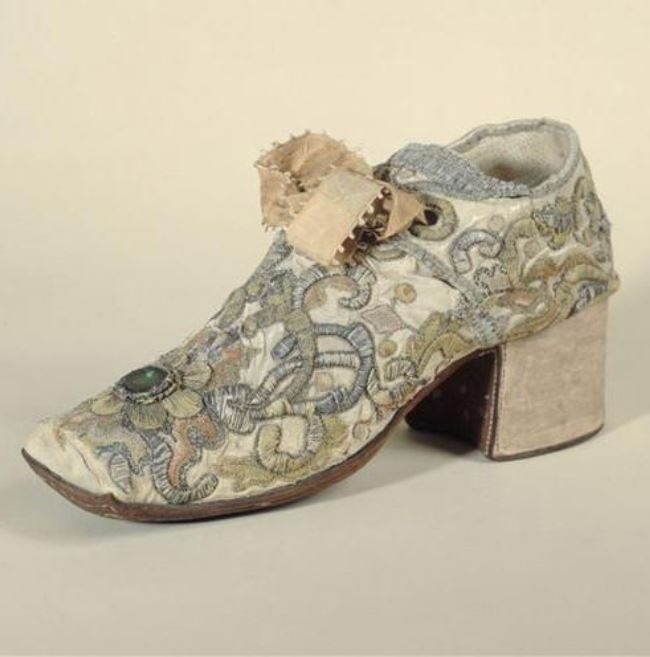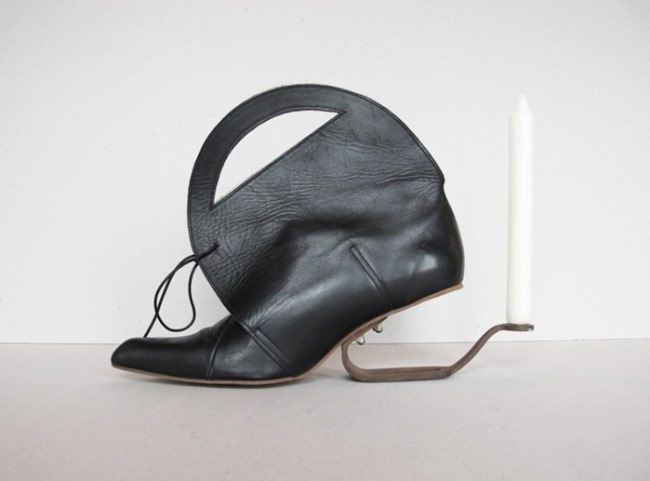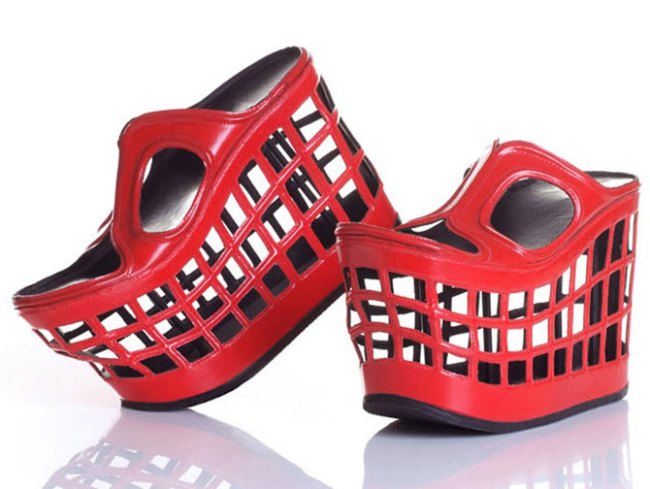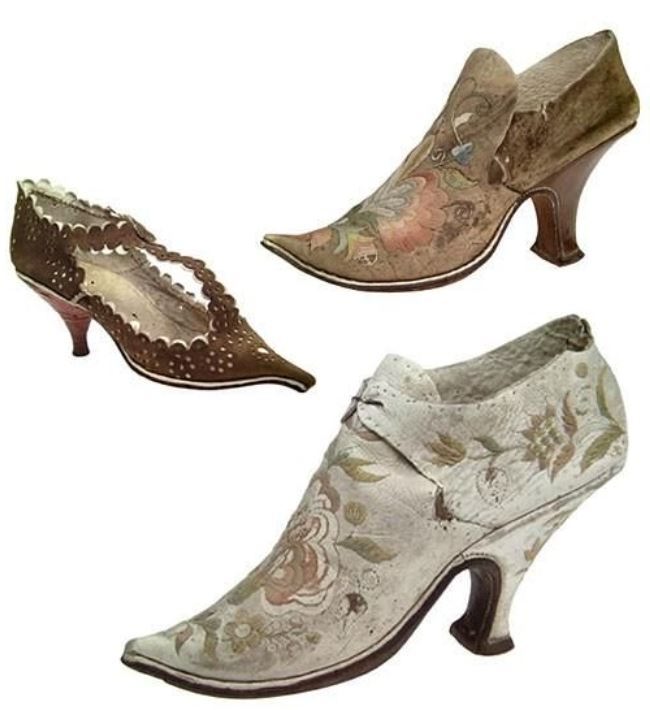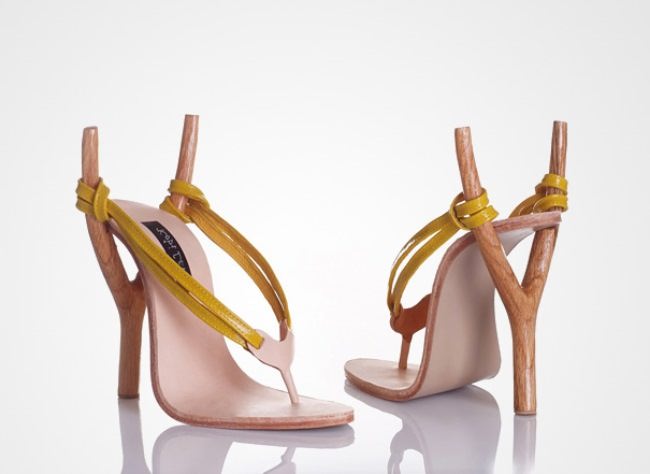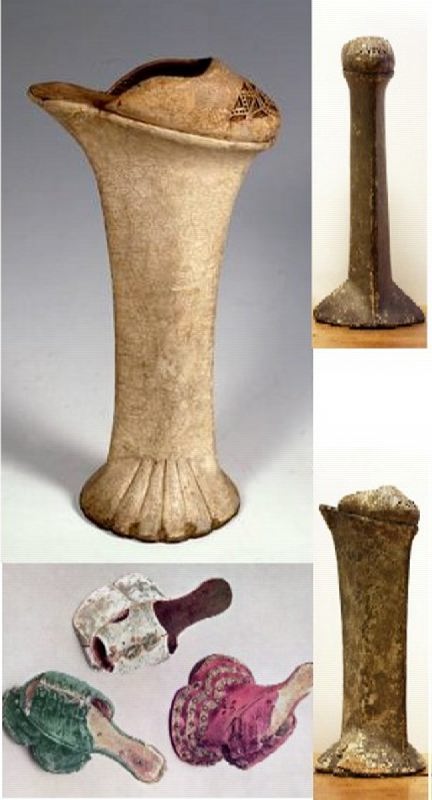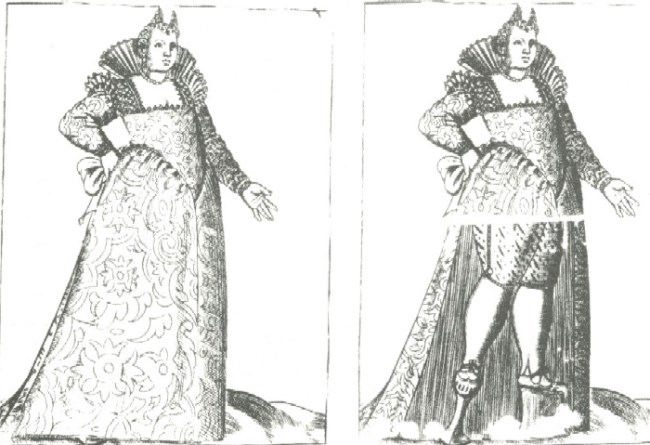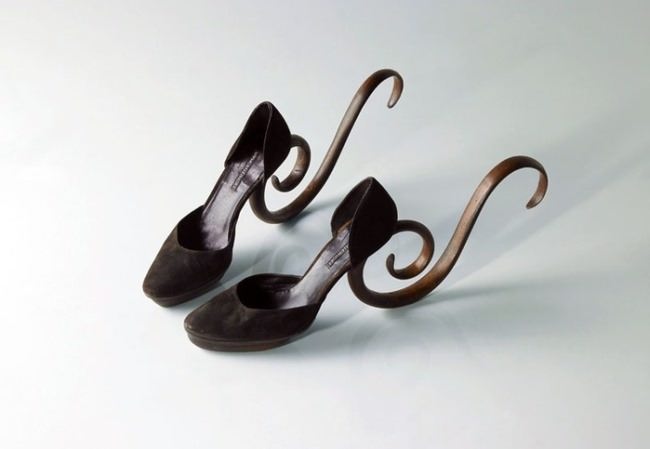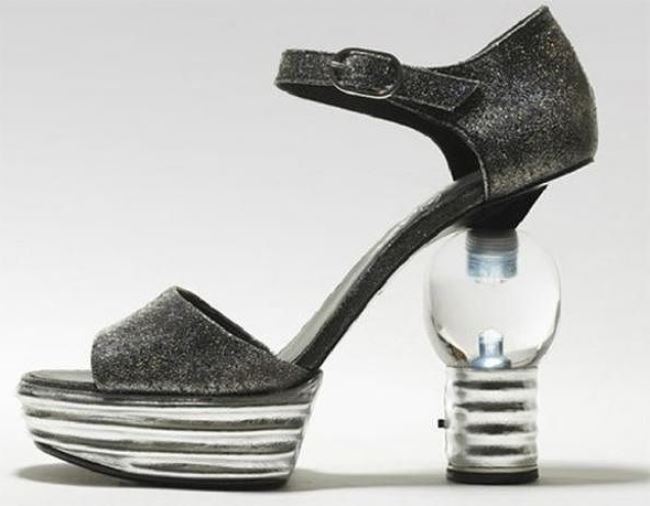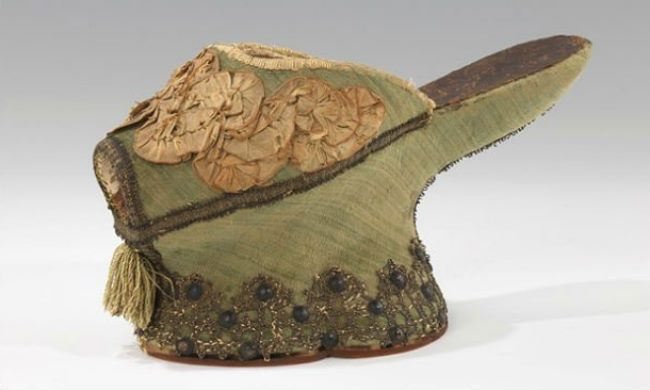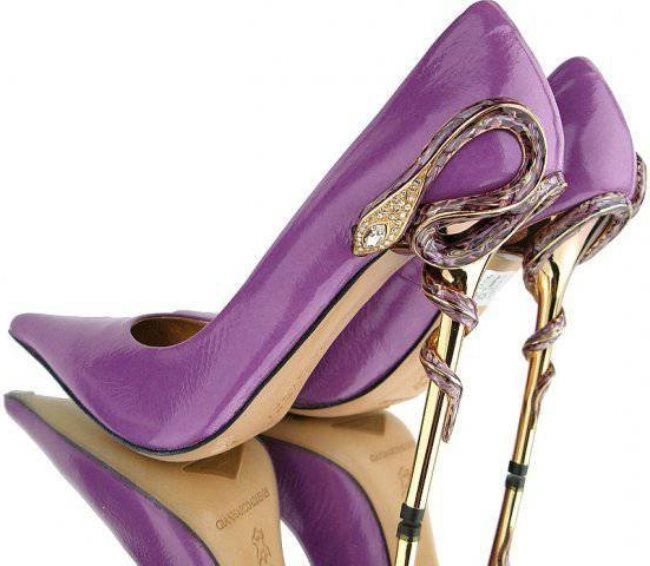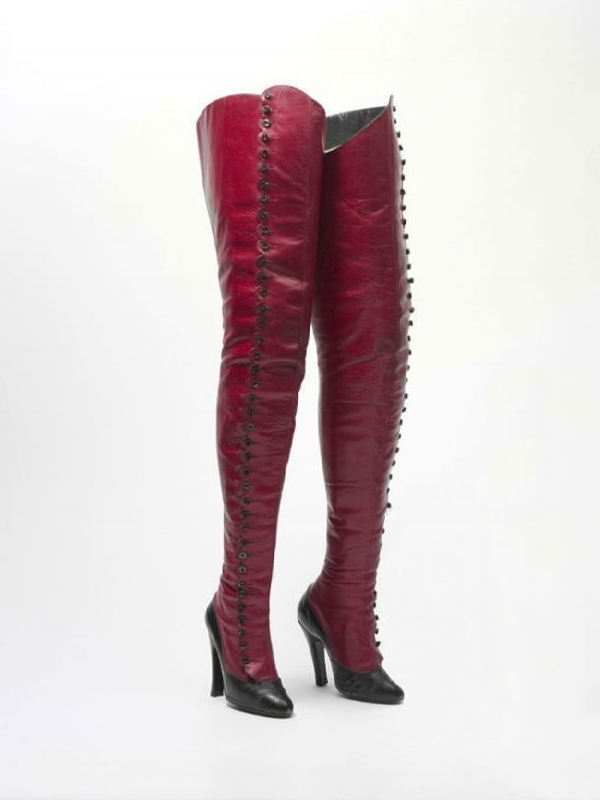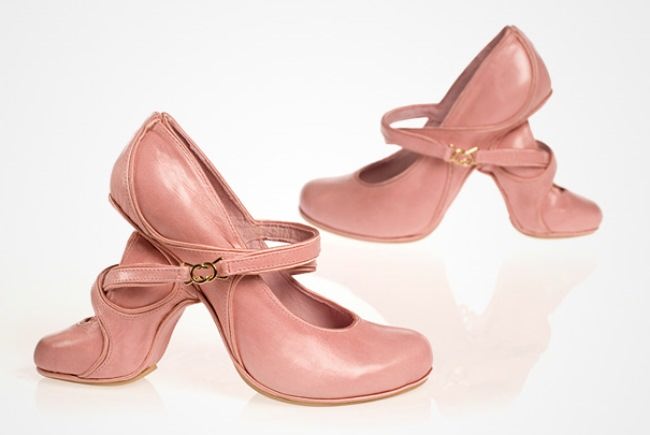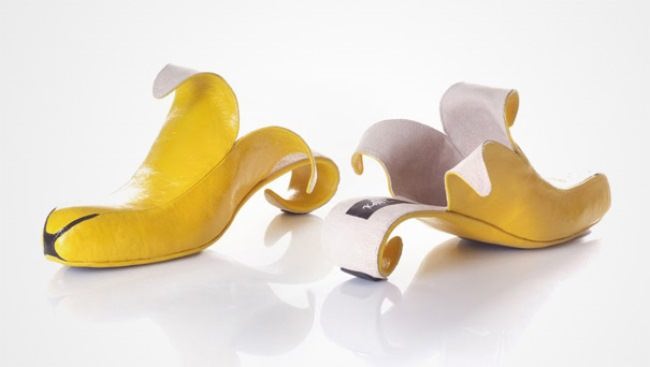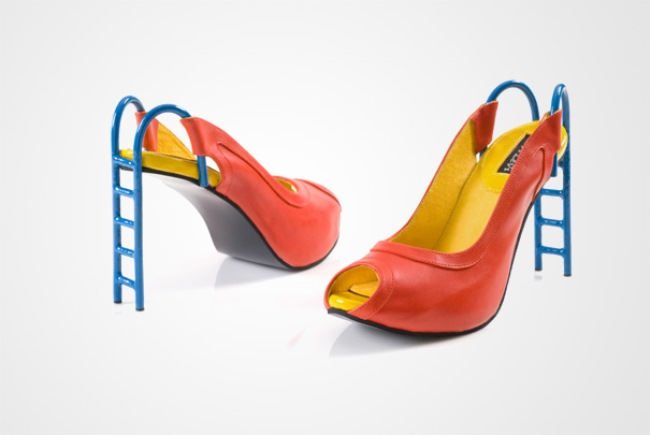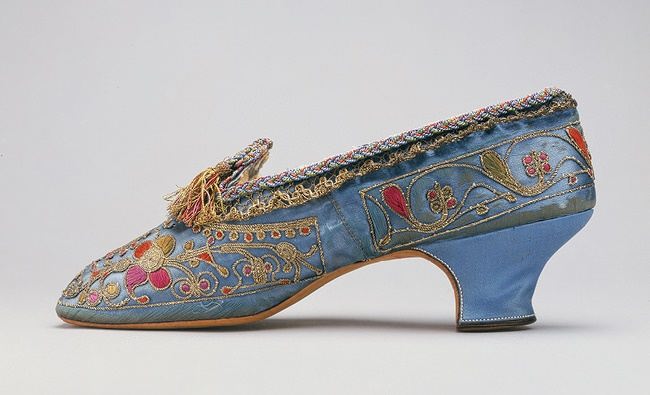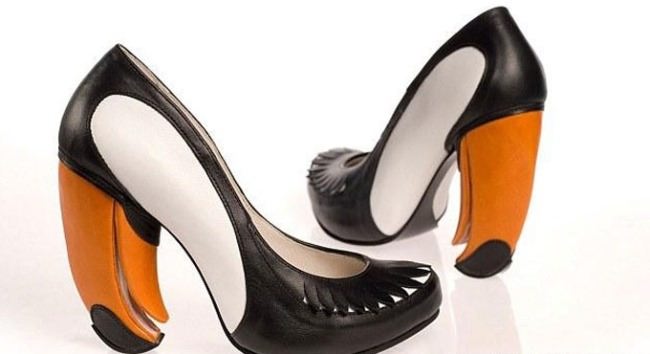History of heels
It is difficult to imagine the wardrobe of a modern fashionista without high heels. But who was that first beauty who decided to become taller. It is only known that this happened long time ago. Ancient Egyptian frescoes of the IV millennium BC depict men and women in mid-heeled shoes. The Egyptian peasants used heels, which looked more like very high heavy platforms. They put on such shoes to work in the field. So it was easier for them to walk on loose ground.
In Ancient Greece and Rome, casual shoes of wealthy people were sandals and open boots with thick soles. However, fashionistas preferred models with two heels. Actors also used shoes with heels. The heels were up to 20 centimeters high, depending on the role. The gods and emperors were the tallest in the performances.
By the Middle Ages, fashion, of course, had changed. Wealthy European townspeople had to wear the highest platforms in the history for 2.5 centuries. They wore chopines, shoes with the high platform (sometimes higher than half a meter). Chopines were invented in Central Asia, but European women immediately realized that they needed them.
In those days, the dirty streets of European cities were also a scrapyard and a toilet. People threw out garbage, splashed night pots from doors and windows. A herd of cattle, when it moved through the city, also left its mark. It was impossible to get through a narrow unpaved street without stepping into a stinking puddle. Women needed a servant or a thick cane to walk on tall chopines
In the XVI century, shoes with low heels appeared for those who traveled a lot or traveled on horseback. It was easier to keep the foot in the stirrup in such shoes. The height of the cavalry heels did not exceed 2.5-4 centimeters.
In the same century, the Queen of France, Italian Catherine de Medici, turned shoes on heels from objects useful in everyday life into a fashionable attribute. The queen didn’t want to be lower than her servants and especially the favorite of King Diane de Poitiers. The Medici wore shoes with five centimeters tall heels. Queen of England, Maria Tudor chose for herself higher heels.
Heels became popular among women and men. They were a sign of success, power, privilege and wealth. In England, such people were called well-heeled.
There was a shoe code at the court of the French King Louis XIV. He was 163 centimeters tall and often walked in shoes with 15-centimeter heels, which were painted with colored battle scenes. Notable aristocrats had the right to walk in shoes with red heels. However, no one could appear in shoes with heels higher than royal ones.
Heels grew until the Great French Revolution of 1789. In the post-revolutionary decade, they disappeared. Women’s fashion included ballroom leather and silk shoes – slippers on a thin sole. They were very convenient to dance the waltz.
Heels returned only in the second half of the XIX century. The British Queen Victoria was one of the first to wear high heeled shoes.
During the First World War women wore simple shoes without heels. They returned to the post-war 1920s, when everyone wanted to dress beautifully and live happily. The world economic crisis of the 1930s also affected heels: they became lower and thicker. However, the film stars Marlene Dietrich and Gene Harlow still preferred a rather high straight Spanish heel.
After the crisis, World War II began, and only in the 1950s the fashion for high heels returned. Since 1955, thanks to Christian Dior and Roger Vivier, there was a stiletto heel with a metal rod inside. It was up to 12 centimeters high and very thin. In some places stiletto heels were forbidden to protect the floors in public buildings. The first celebrities wearing such shoes were Marilyn Monroe and Audrey Hepburn.
In the early 1960s a mini skirt appeared and high-heeled boots became fashionable. However, by the end of the decade, the culture of hippies had spread widely among young people, and they preferred the simpler and more practical footwear. In the 1980s, the heel became popular again. Models in high-heeled shoes defiled on the podiums around the world. British Emma Hope, Spaniard Manolo Blanik, Malaysian Jimmy Chu became popular designers.
Despite the efforts of these and other successful designers, in the second half of the 1990s shoes with high heels lost popularity.
Having become acquainted with the history of the heel, it is not difficult to predict that in the 21st century, as before, it will become higher, lower, thicker, and thinner.
History of heels
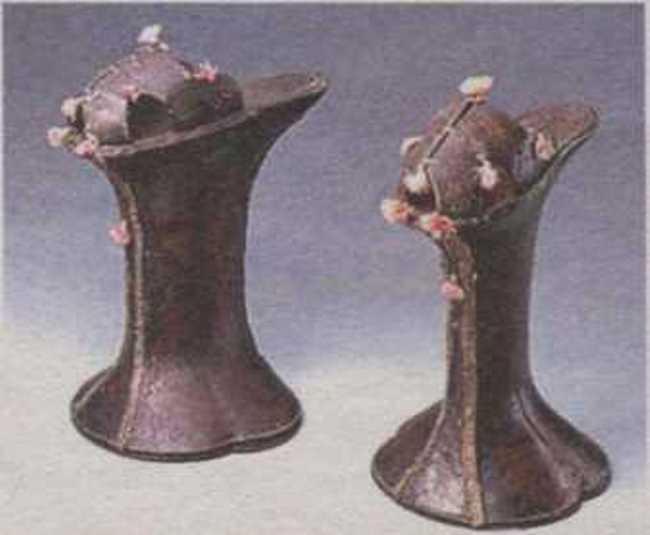
In the XVI century, the aristocracy of Italy and France wore shoes on wooden stands up to 25 centimeters high
